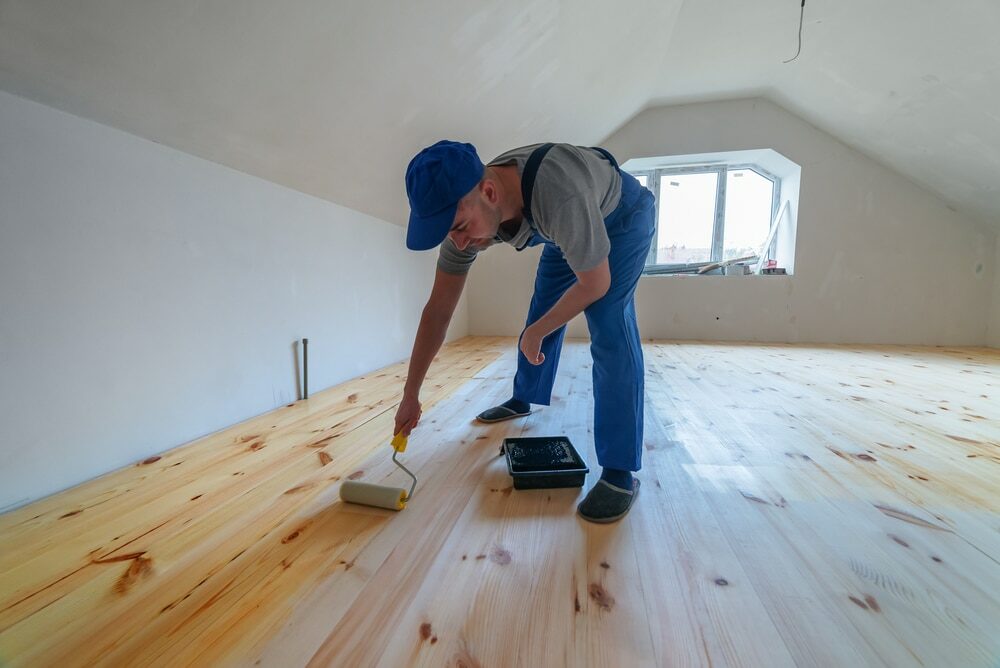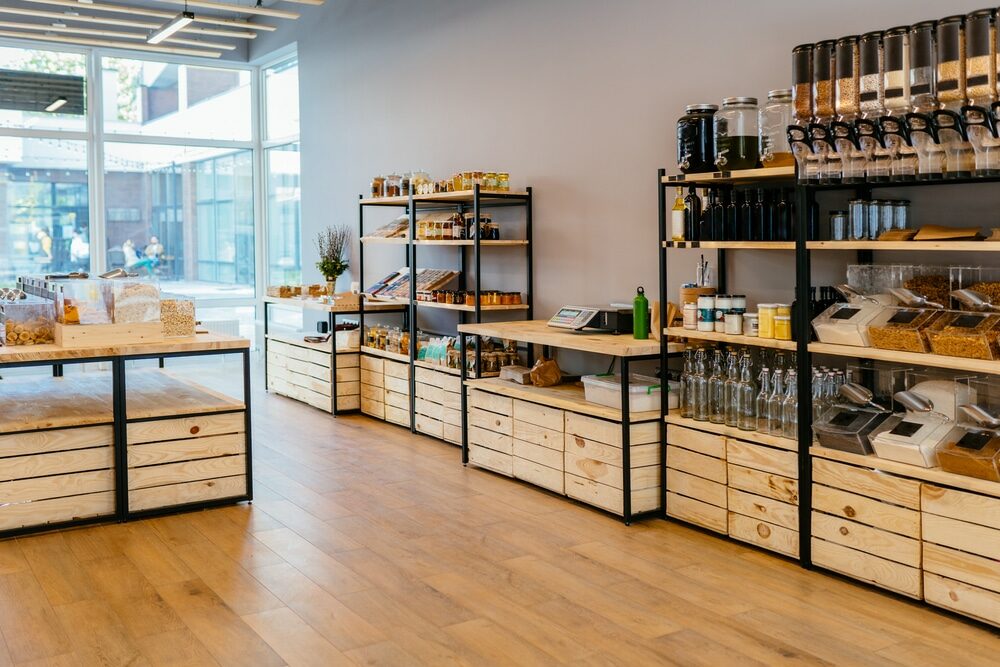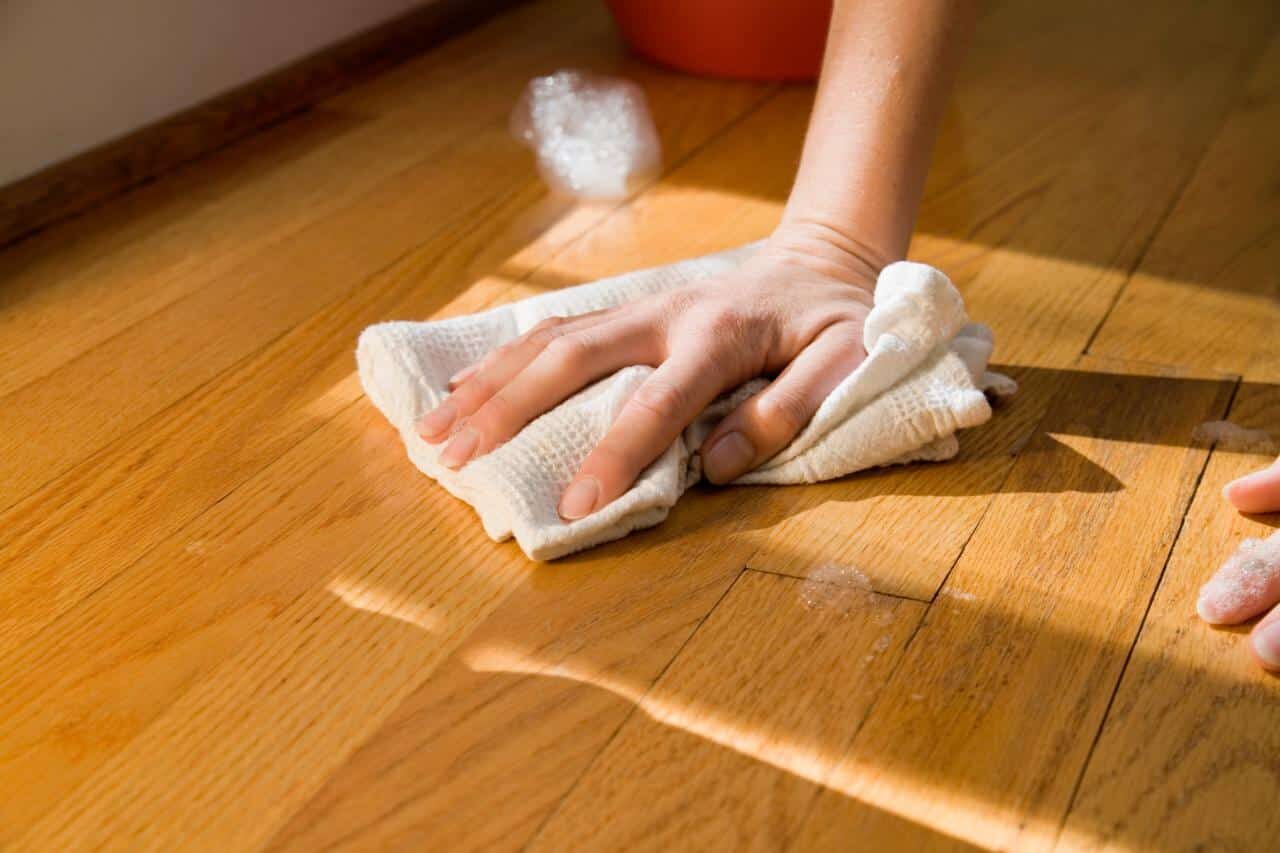London:
Nationwide:
Wooden Floors Through the Ages: A Journey in Time
Posted on January 17, 2024
Wood Flooring
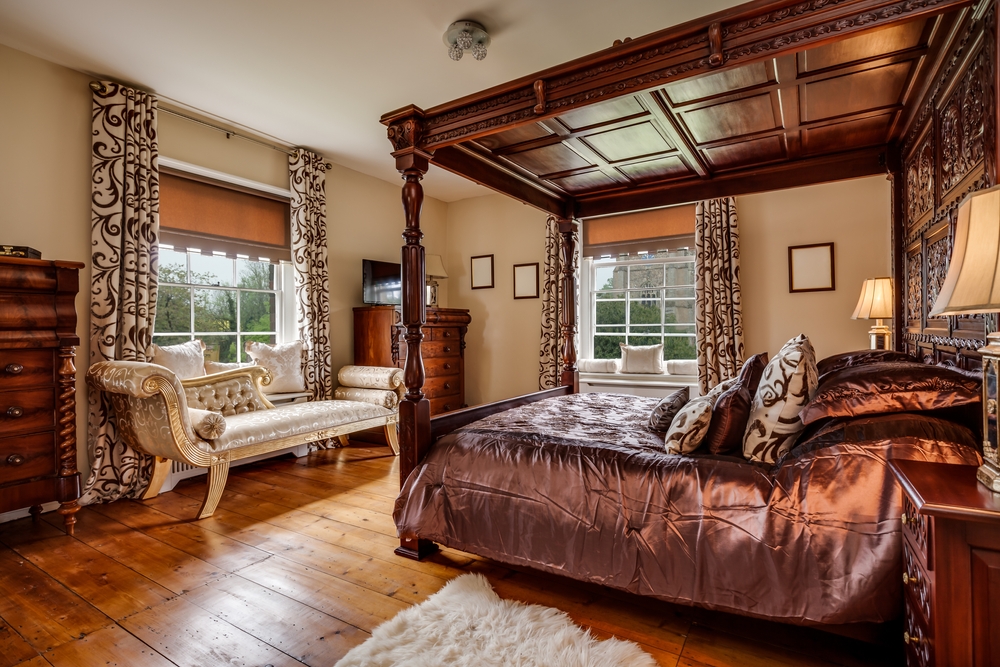
Traversing Time: The Evolving Story of Wooden Flooring Through History
Embark on a fascinating journey through time as we explore the rich and varied history of wooden flooring. From the ancient structures of bygone civilizations to the sleek, modern designs of the 21st century, wooden floors have played an integral role in shaping our living spaces. We will explore the development of wooden flooring in this blog post, “Wooden Floors Through the Ages: A Journey in Time,” and show how cultural trends, technological advancements, and artistic innovation have influenced it.
Our story begins in the distant past, where the earliest use of wooden flooring can be traced back to ancient civilizations. These initial steps laid the groundwork for what would become a diverse and sophisticated array of flooring techniques and styles. As we progress through different historical epochs—from the rugged planks of the Middle Ages to the intricate parquetry of the Renaissance, and from the industrial revolution’s mass-produced boards to the sustainable and stylish solutions of today—we will see how wooden floors have mirrored the changing tastes and technologies of the times.
Wooden floors are more than just a practical choice for homes and public spaces; they are a canvas that reflects the artistic and cultural values of each era. This blog post aims to delve into the heart of this journey, exploring the significance of wooden floors in human history, their aesthetic and functional evolution, and their enduring appeal in contemporary design.
Join us as we step into the past, walk through the present, and gaze into the future of wooden flooring—a journey that is as much about human creativity and adaptation as it is about the floors we tread upon.
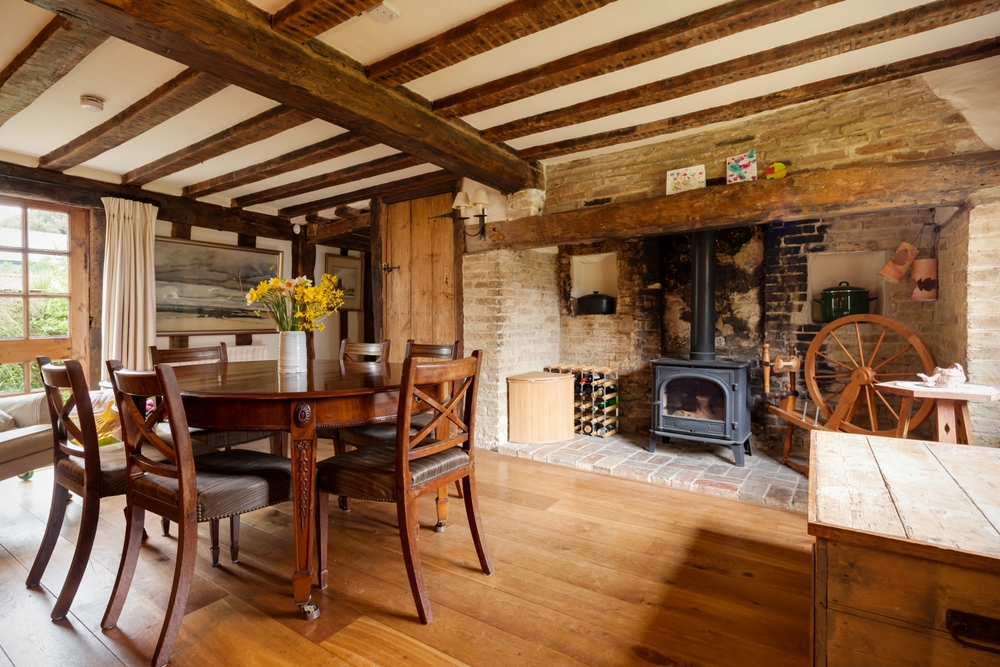
The Dawn of Wooden Flooring
In the annals of human history, the dawn of wooden flooring marks a significant leap in our architectural and cultural evolution. This era, stretching back thousands of years, saw the initial transformation of natural wood into a fundamental component of human shelter and comfort.
Early Uses and Types in Ancient Civilizations
The story of wooden flooring begins in the primitive dwellings of ancient civilizations. As humans transitioned from nomadic lifestyles to settled communities, the need for more stable and durable living structures became apparent. Wood, with its ready availability and ease of manipulation, emerged as a primary material for these early constructions.
In regions abundant with forests, such as parts of ancient Europe and Asia, wooden floors were a natural choice. Early floors were rudimentary, often made from split logs (known as puncheons) or rough-hewn planks laid directly onto the ground or over a simple framework of joists. These floors provided a raised surface above the damp or cold earth, marking a significant improvement in living conditions.
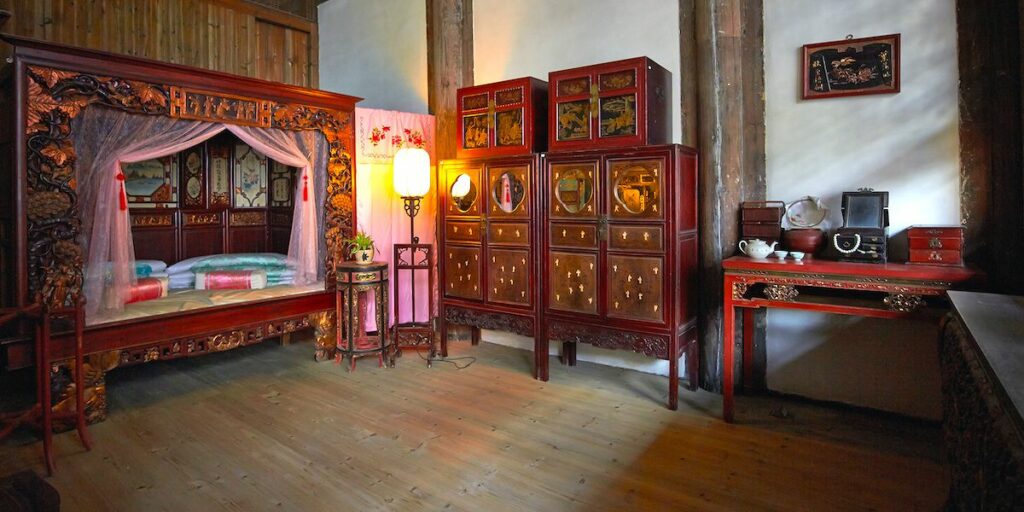
Cultural Significance in Early Societies
Wooden flooring in these ancient times was not merely functional; it held cultural and symbolic significance. In many societies, the type of wood used and the style of the flooring indicated social status. For instance, wealthy individuals or community leaders might have floors made from rarer, more durable woods, while common folk used whatever was locally available.
In some cultures, the floor was more than a surface to walk upon; it was a space for communal gatherings, a place for conducting rituals, and an integral part of the home’s spiritual and social fabric. The way these floors were constructed and maintained spoke volumes about the community’s values and technological prowess.
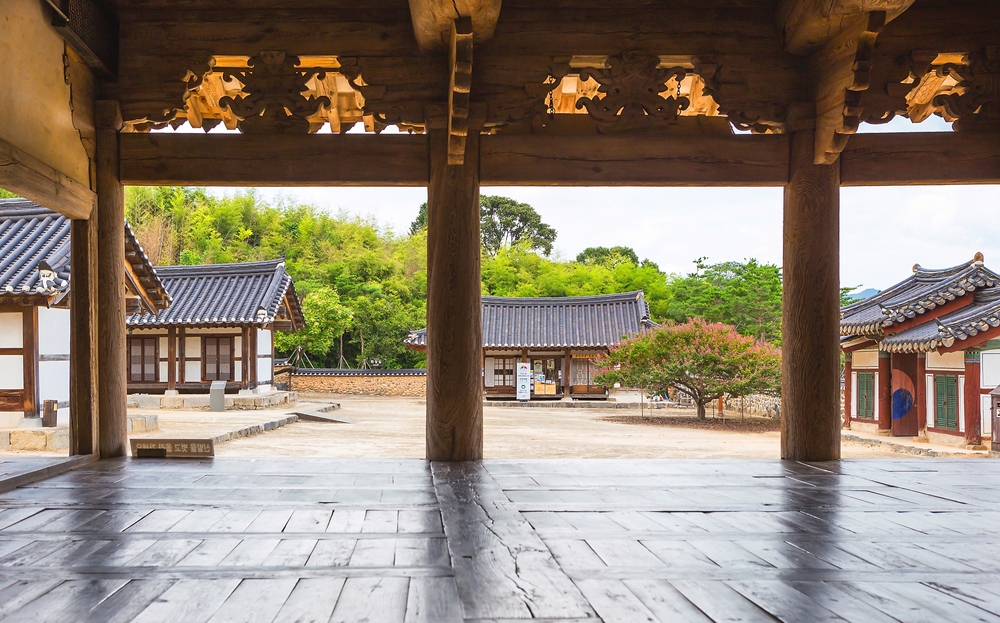
Technological and artistic beginnings
The dawn of wooden flooring also saw the beginnings of craftsmanship and artistry in woodworking. Early builders used remarkable ingenuity to fit planks together and make the most of the materials at hand despite the limitations of their tools and knowledge at the time. In some regions, floors were adorned with carvings or inlaid with stones or bones, hinting at the decorative potential that later generations would fully explore.
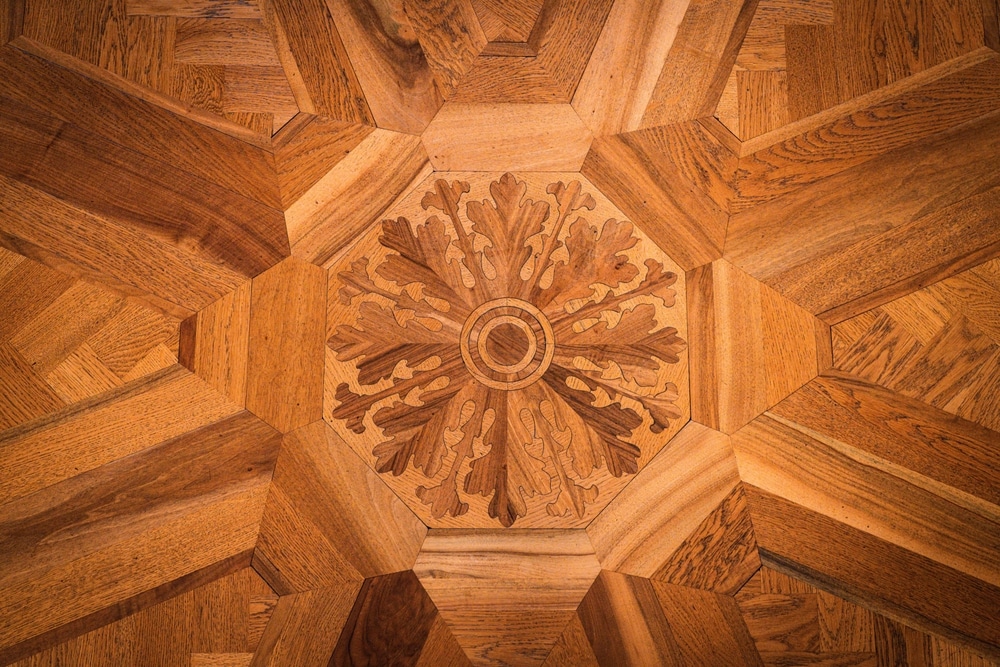
The Spread of Wooden Flooring
As civilizations grew and trade routes expanded, so did the exchange of ideas and techniques related to wooden flooring. The concept of using wooden planks for flooring spread across continents, adapting to different climates, wood types, and cultural preferences. This period set the stage for the more advanced wooden flooring techniques that would emerge in subsequent centuries.
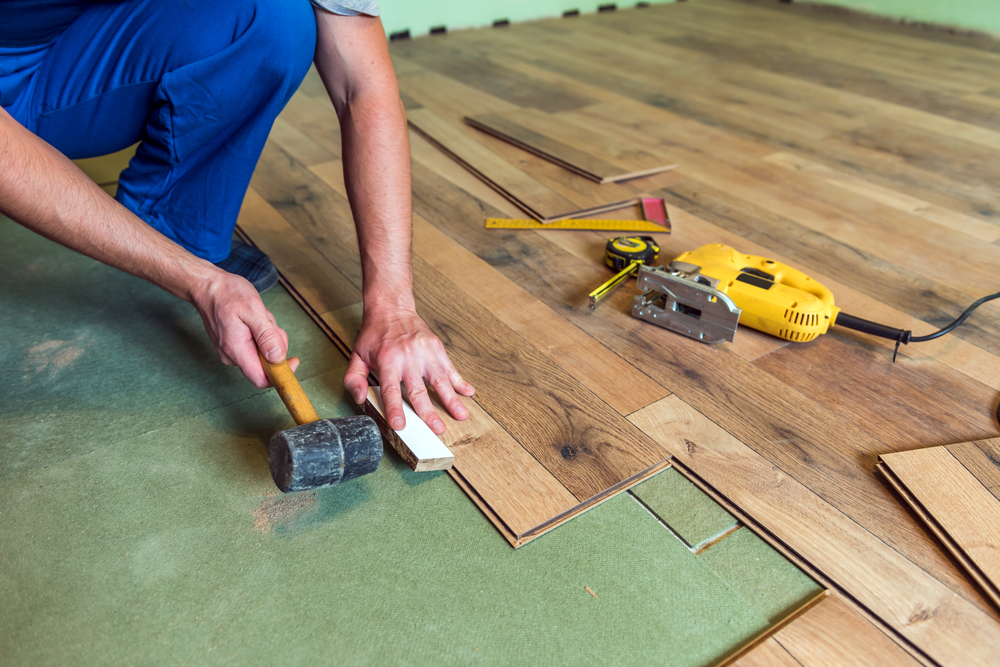
Wooden floors in the Middle Ages
The Middle Ages, spanning roughly from the 5th to the late 15th centuries, marked a significant era in the evolution of wooden flooring. There were notable advancements in the design and construction of wooden floors during this time period, which was characterized by feudal societies, the rise of monarchies, and significant architectural developments.
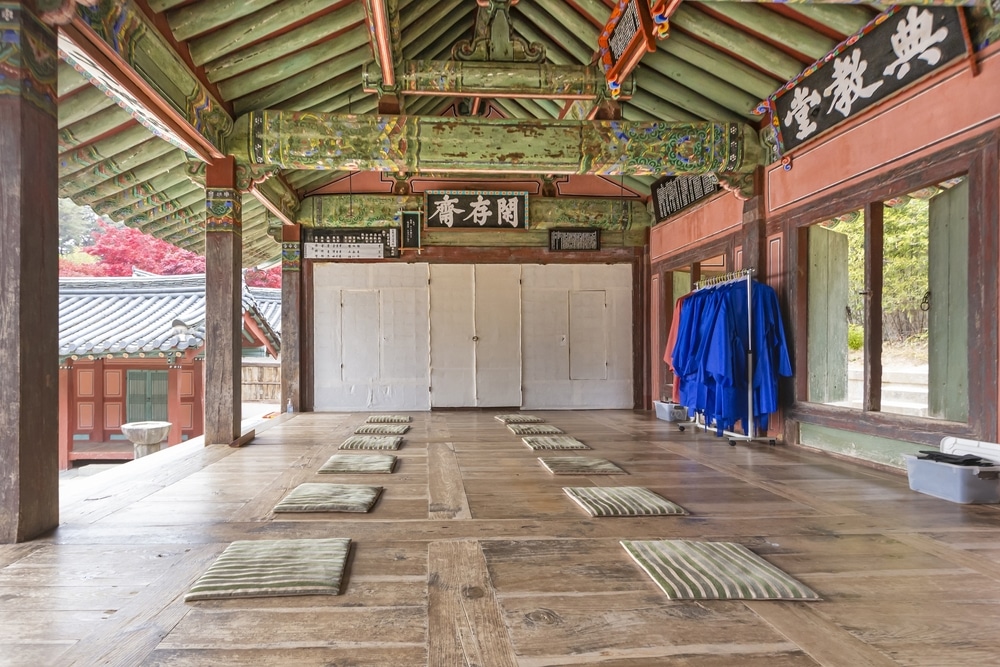
Technological Advancements and Styles
During the Middle Ages, advancements in woodworking tools and techniques greatly influenced the construction of wooden floors. The introduction of more sophisticated saws and other carpentry tools allowed for the creation of smoother and more uniformly cut planks, a stark contrast to the rough-hewn logs of previous eras.
This period also saw the rise of more intricate laying patterns. Herringbone and chevron patterns, for example, became popular in the halls of nobility and in places of worship. These patterns were not only aesthetically pleasing but also provided greater stability and durability for the flooring.

Social class and wooden flooring
The type and quality of wooden flooring during the Middle Ages were often indicative of social status. In the grand residences of the nobility and in royal palaces, wooden floors were a luxury, reflecting wealth and status. These floors were often made from high-quality, durable woods like oak and were sometimes imported from distant lands.
In contrast, the common folk, particularly those in rural areas, had more basic wooden floors, if they had wooden floors at all. In many peasant homes, floors were still made of compacted earth, and wood was used sparingly due to its cost and availability.
Wooden Floors in Religious and Public Buildings
Wooden flooring also found its place in the construction of religious and public buildings during the Middle Ages. In churches and monasteries, wooden floors were often elaborately decorated, sometimes inlaid with stones or tiles, and served both functional and aesthetic purposes.
Public buildings, like guild halls and marketplaces, also began to incorporate wooden flooring. These floors needed to be robust and durable to withstand heavy foot traffic and the rigours of public use.
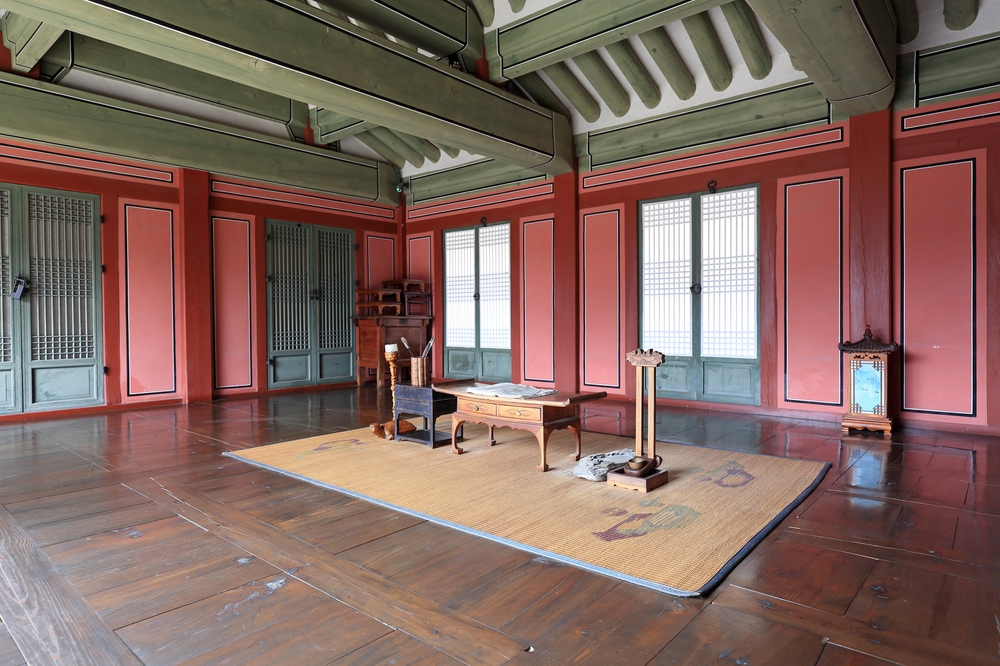
Preservation of Mediaeval Wooden Floors
Today, some examples of mediaeval wooden floors still exist, preserved in historic buildings, castles, and churches. These floors provide invaluable insights into the craftsmanship and architectural practices of the time. Preservation and restoration efforts help maintain these historic floors, allowing us to appreciate the artistry and engineering of mediaeval builders.
The Renaissance and the Art of Wooden Floors
The Renaissance, a period of great cultural, artistic, and intellectual revival that spanned from the 14th to the 17th centuries, marked a significant epoch in the history of wooden flooring. This era, known for its emphasis on beauty, art, and innovation, brought about profound changes in the design and craftsmanship of wooden floors.
Innovations in Design and Craftsmanship
The Renaissance era was a time when art and craftsmanship were highly valued, and this was reflected in the wooden floors of the period. Artisans and woodworkers began to experiment with more intricate and decorative designs, moving away from the purely functional flooring of earlier times.
One of the most notable innovations was the introduction of inlaid and parquet flooring. These floors were made by cutting small pieces of different coloured wood and fitting them together to create geometric patterns or detailed pictorial scenes. This technique required a high level of skill and precision, turning the floor into a work of art.
Influence on European Architecture and Decor
The Renaissance’s influence on wooden flooring was not limited to the floors themselves but extended to the overall architecture and interior decor of the time. Wooden floors in this period were designed to complement the architectural elements of rooms, with patterns and colours that matched the opulence and elegance of Renaissance decor.
In grand palaces and manor houses, wooden floors were a status symbol, reflecting the wealth and taste of the owner. These floors were often custom-designed, with unique patterns that added to the grandeur of these residences.
The Spread of Renaissance Flooring Styles
The art of wooden flooring that developed during the Renaissance did not remain confined to Italy, the movement’s birthplace. It quickly spread across Europe, with each country adapting the style to its own traditions and preferences. In France, for example, the parquet de Versailles, a distinctive parquet pattern, was developed and became a symbol of French refinement.
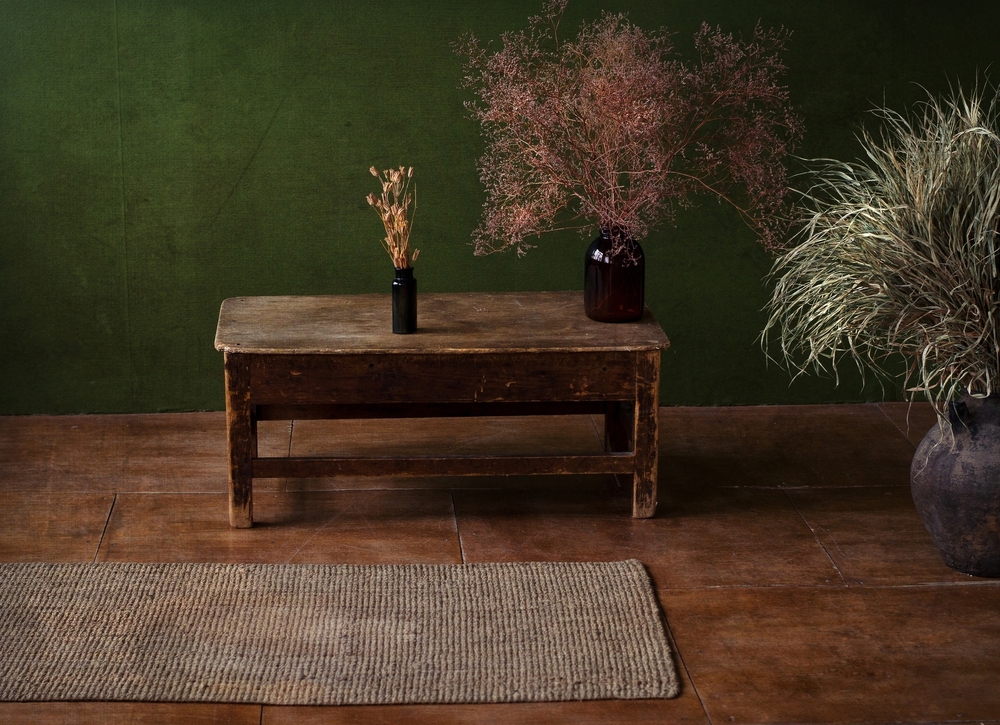
Preservation of Renaissance Wooden Floors
Many Renaissance wooden floors have been preserved in historic buildings, museums, and churches across Europe. These floors are not only beautiful but also serve as a testament to the craftsmanship and artistic vision of the era. The preservation and restoration of these floors are crucial to maintaining our connection to this important period in history.
The Industrial Revolution: A New Era for Wooden Flooring
The Industrial Revolution, spanning from the late 18th century to the early 19th century, heralded profound changes in society, economy, and technology. This transformative period also marked a new era for wooden flooring, as advancements in manufacturing and changes in social structures significantly influenced its production, design, and use.
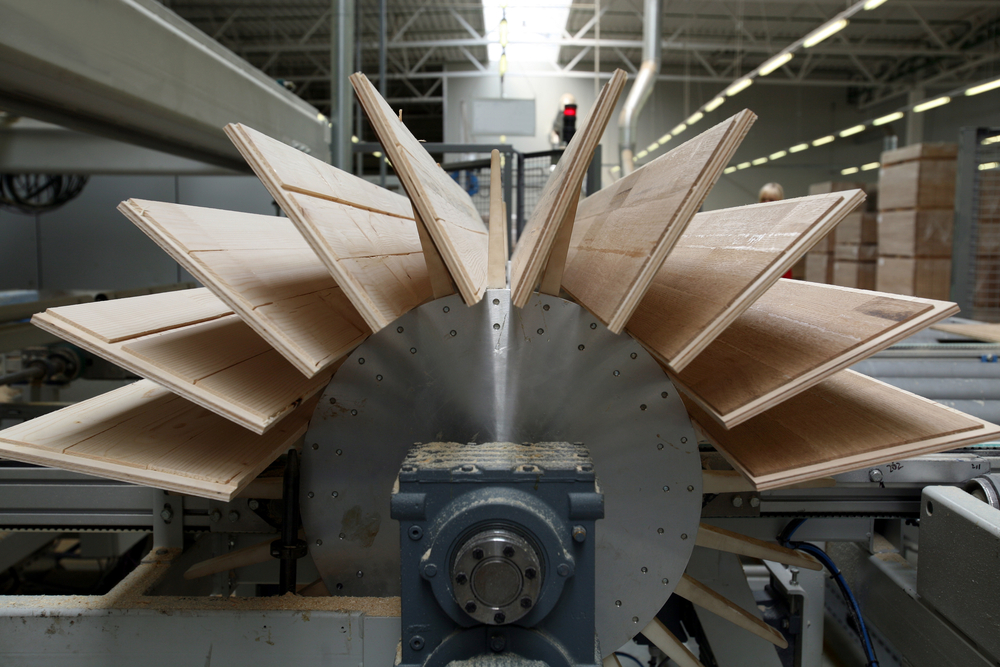
Mass Production and Accessibility
One of the most significant impacts of the Industrial Revolution on wooden flooring was the advent of mass production. The invention of steam-powered sawmills and other woodworking machinery dramatically increased the efficiency of wood cutting and processing. This led to the production of wooden planks becoming faster, cheaper, and more consistent in quality.
As a result, wooden flooring, once a luxury affordable only to the wealthy, became more accessible to the burgeoning middle class. The homes of ordinary people began to see the incorporation of wooden floors, which were prized for their durability and aesthetic appeal.
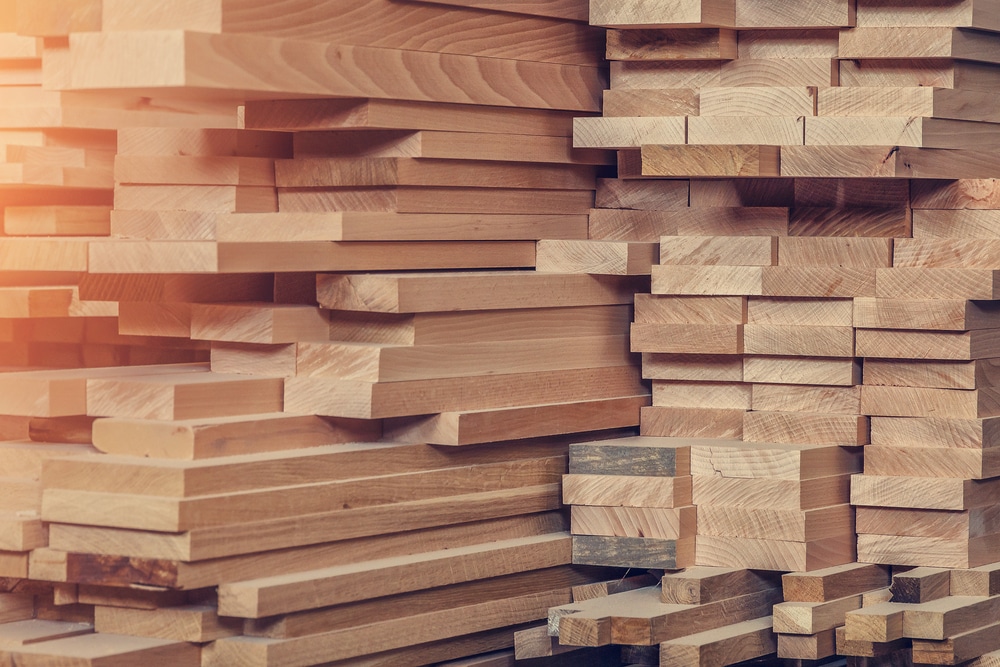
Introduction to New Wood Types and Styles
The Industrial Revolution also facilitated the global trade of timber, introducing a variety of new wood types to different regions. Exotic hardwoods from colonies and trade partners became available, giving rise to a diversity of colours and grain patterns in wooden flooring.
The increase in available wood types and the ease of production also led to innovations in flooring styles. Tongue-and-groove flooring, where planks are interlocked along their edges for a snug fit, became popular for its ease of installation and uniform look.
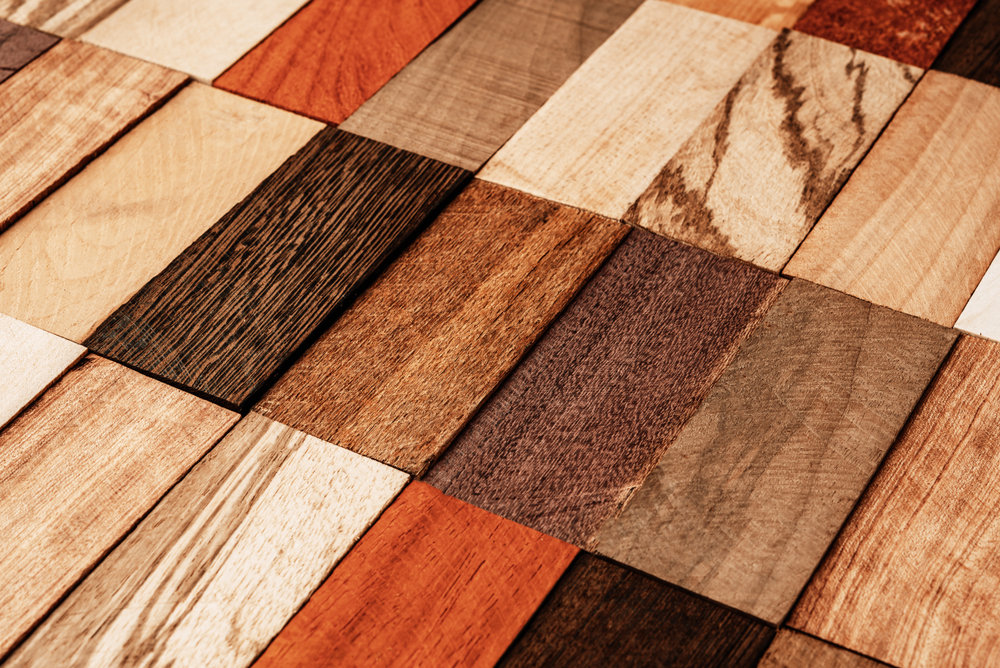
The Impact on Housing and Architecture
The architectural and housing landscapes were also reshaped during the Industrial Revolution, influencing wooden floor design and application. The rise of urban living and the construction of new housing types, such as terraced houses and later apartment buildings, often featured wooden flooring as a standard.
In wealthier homes and public buildings, the desire for individuality and opulence led to more elaborate and customised wooden floor designs. Intricate parquet and marquetry floors became a symbol of status and sophistication in such settings.
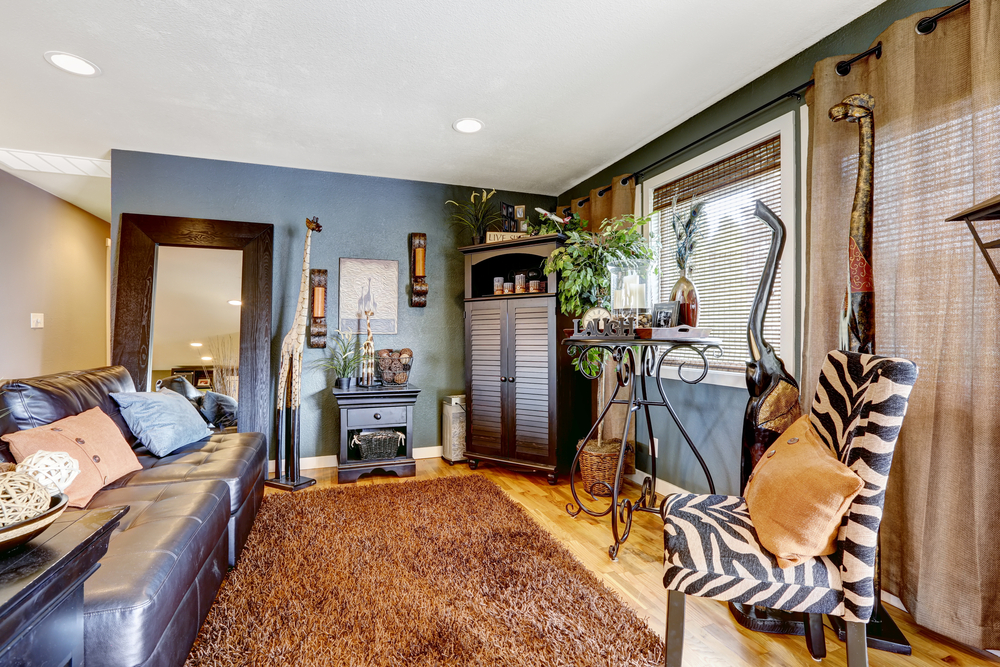
Environmental Considerations
The Industrial Revolution’s focus on production and efficiency also brought about an increased awareness of resource utilisation and environmental impact. The large-scale harvesting of timber prompted early considerations of sustainable forestry practices, although these concerns would not become mainstream until much later.
The 20th Century: Modernization and Style Shifts
The 20th century was a time of unprecedented change and innovation, and these shifts profoundly influenced the world of wooden flooring. This era saw the modernization of production techniques, the emergence of new styles, and the beginning of a more conscious approach to sustainability and environmental impact.
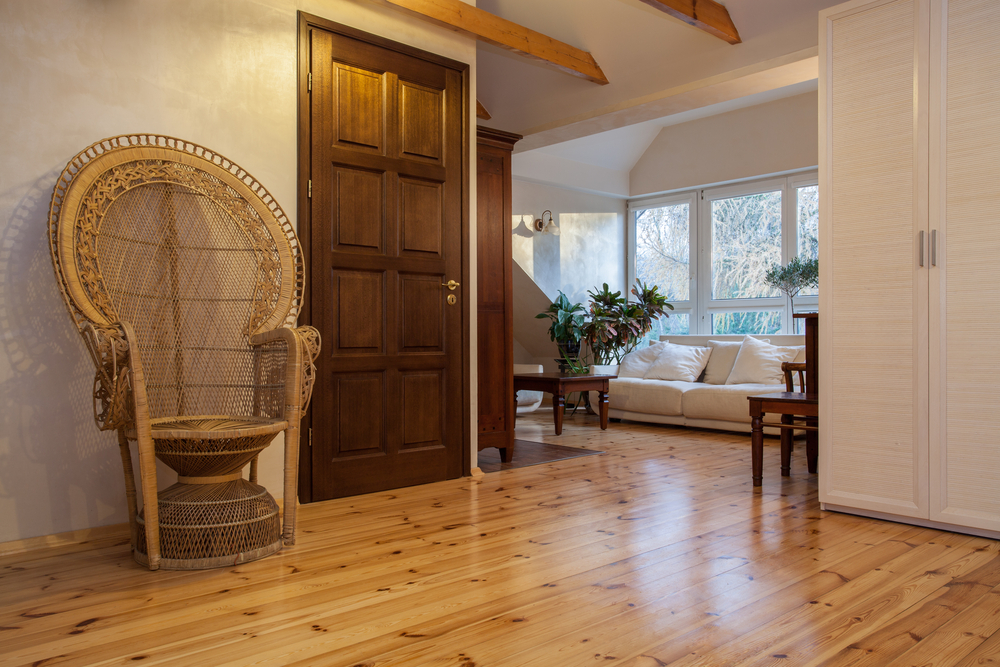
The Rise of Hardwood and Engineered Flooring
One of the significant developments in wooden flooring during the 20th century was the increased popularity of hardwood floors. Hardwoods like oak, maple, and walnut, known for their durability and aesthetic appeal, became a preferred choice for residential and commercial spaces. This period also saw the introduction of engineered wood floors, which consist of a thin layer of hardwood atop a base of high-quality plywood. This innovation offered the beauty of hardwood but with increased stability and resistance to environmental changes.
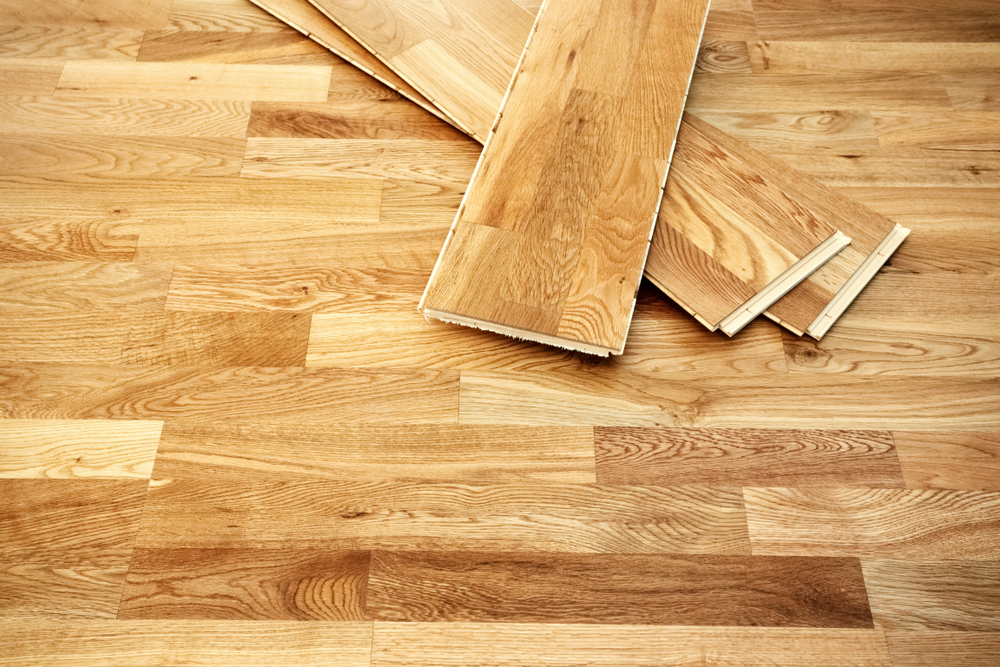
Design trends and technological advancements
The 20th century witnessed a variety of design trends in wooden flooring. From the classic and ornate patterns of the early 1900s to the minimalistic and sleek designs of the mid-century, wooden flooring adapted to changing aesthetic preferences. The development of better sanding and finishing tools during this time allowed for smoother, more polished finishes, enhancing the natural beauty of wood floors.
Advancements in technology also led to the creation of pre-finished and laminated wood flooring. These products offered ease of installation and maintenance, appealing to the growing do-it-yourself movement in home improvement.
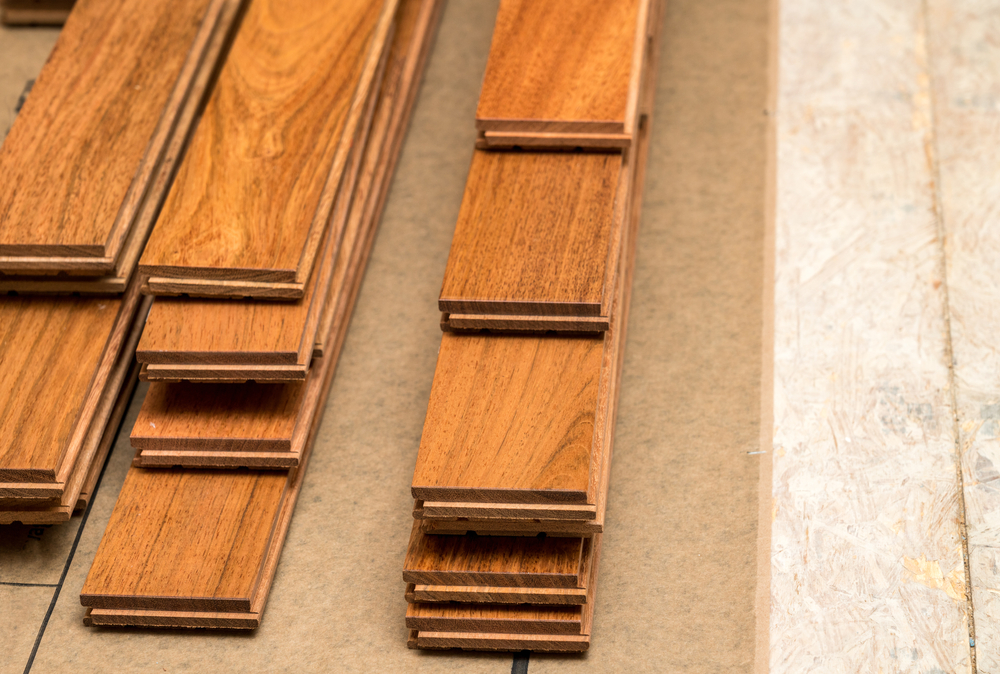
Growing environmental awareness
As the century progressed, there was a growing awareness of the need for sustainable and environmentally friendly practices in the wood flooring industry. This led to an increased focus on using wood from sustainably managed forests and the development of more eco-friendly adhesives and finishes. The latter part of the 20th century also saw a rise in the popularity of reclaimed wood floors, valued for their unique character and reduced environmental impact.
Globalisation and the Wood Flooring Market
The globalisation of the economy had a significant impact on the wood flooring industry. Exotic woods from around the world became more accessible, offering a broader range of options for consumers. However, this also brought challenges in terms of ensuring the sustainable and ethical sourcing of wood.
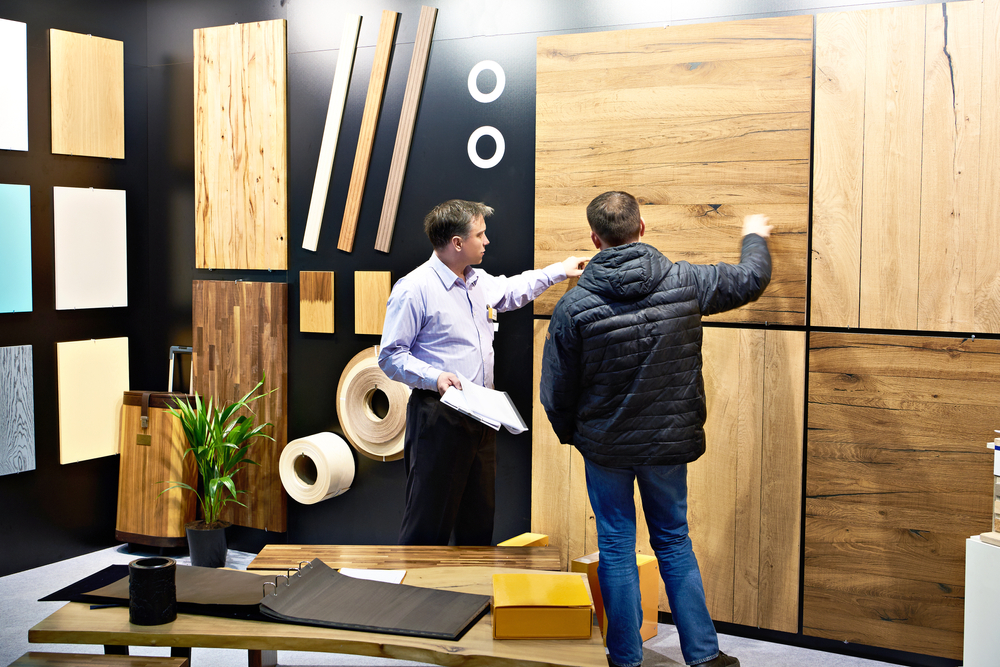
The 21st Century and Beyond: Sustainability and Innovation
Wooden flooring is still evolving as we move into the twenty-first century and beyond, thanks to developments in technology, a growing emphasis on sustainability, and shifting consumer preferences. In order to meet the demands of modern living, this era is characterized by an innovative approach to wooden flooring that integrates contemporary technology with environmental consciousness.
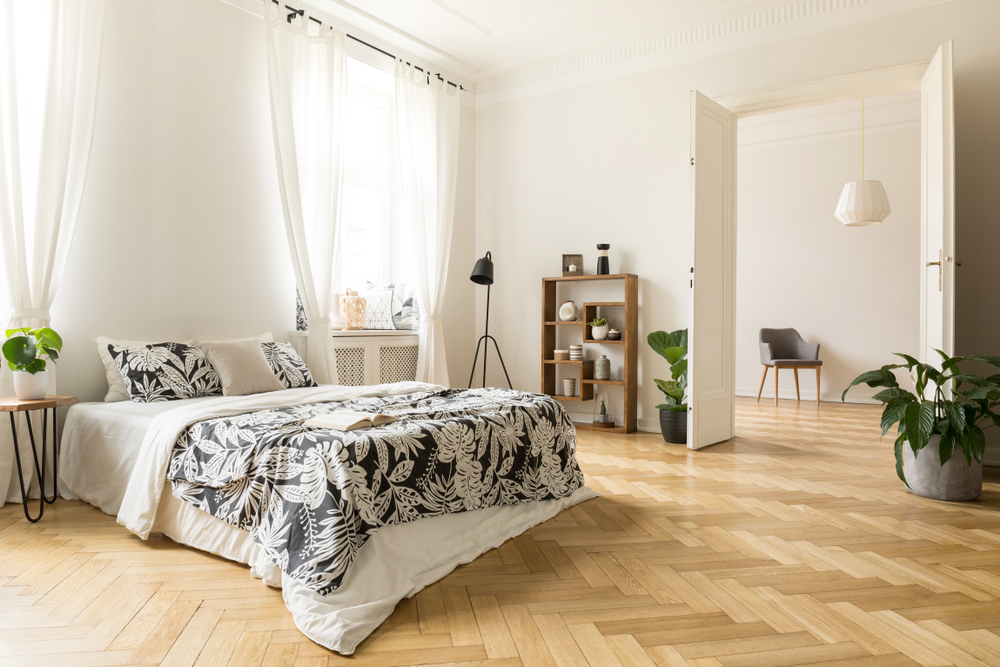
Sustainable Practices and Materials
Sustainability has become a central focus in the wooden flooring industry. There is a growing trend towards using responsibly sourced materials, with certifications like FSC (Forest Stewardship Council) becoming more prevalent. This shift reflects a broader awareness of environmental issues such as deforestation and the importance of preserving natural resources.
Reclaimed wood flooring has also gained popularity, offering a sustainable option that adds unique character and history to spaces. Additionally, eco-friendly finishes and adhesives with low-volatile organic compounds (VOCs) are increasingly used, contributing to healthier indoor air quality and reducing environmental impact.
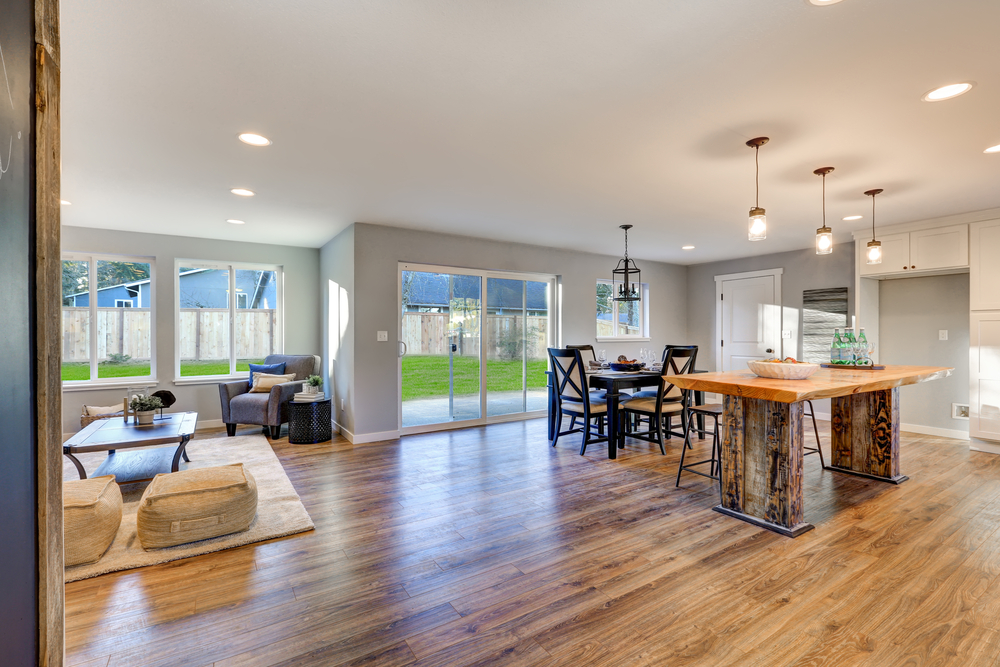
Technological Innovations
Technological advancements continue to shape the wooden flooring industry. Digital printing technology has improved, allowing for highly realistic wood-look tiles and laminates. These alternatives provide durability and versatility, catering to a wide range of aesthetic preferences and functional requirements.
Engineered wood flooring is also seeing innovation in its construction, enhancing its stability and expanding its suitability for various climates and installation conditions. Additionally, the integration of smart home technology into flooring, such as embedded sensors for monitoring environmental conditions, is on the horizon.
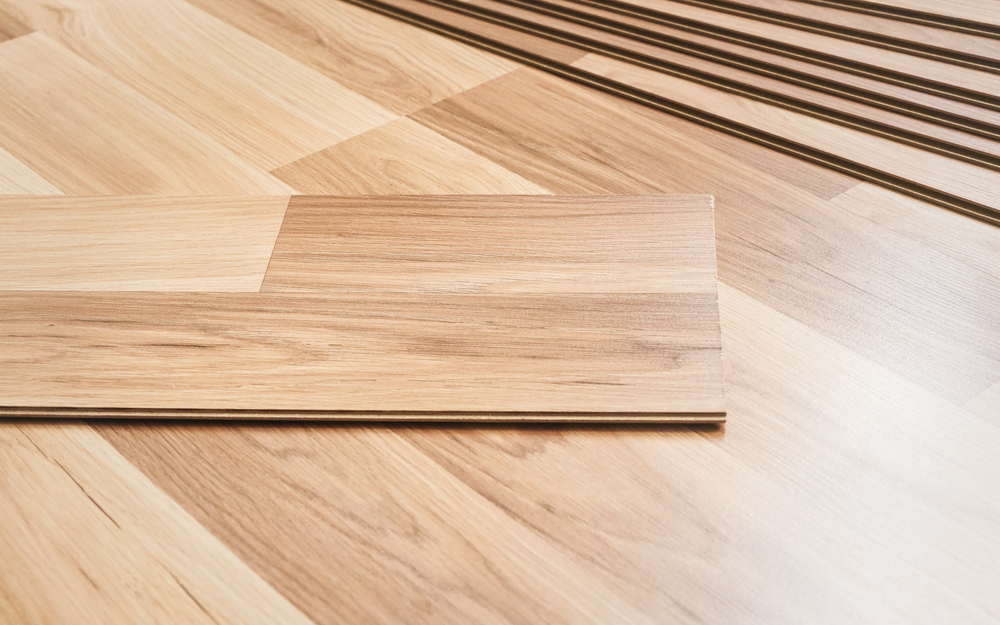
Evolving Design Trends
The 21st century has seen a shift in design trends in wooden flooring. There is a move towards wider and longer planks, which create a sense of openness and natural flow in spaces. The preference for natural and organic looks continues, with a focus on showcasing the inherent beauty and texture of wood.
The customisation of wooden floors has also become more accessible, with consumers able to select from a wide range of wood species, finishes, and laying patterns to create personalised and unique flooring solutions.
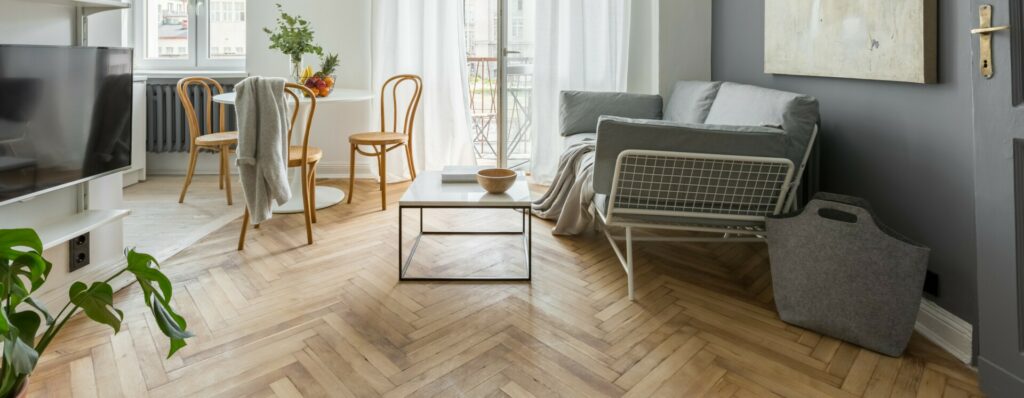
Global Challenges and Opportunities
As globalisation continues to influence the wooden flooring market, the industry faces challenges in ensuring sustainable and ethical practices worldwide. However, this also presents opportunities for cross-cultural design influences and the introduction of diverse wood species and flooring styles to different markets.
Looking to the Future
The future of wooden flooring is likely to involve continued innovation in sustainable materials and construction methods, responsiveness to evolving design trends, and integration with smart home technology. As we look ahead, wooden flooring will continue to adapt, offering solutions that are not only aesthetically pleasing and functional but also environmentally responsible and technologically advanced.
Preservation and restoration
The preservation and restoration of historic wooden floors is a crucial aspect of conserving our architectural heritage. Wooden floors in historic buildings are not just surfaces to walk upon; they are storytellers of the past, reflecting the craftsmanship, cultural practices, and aesthetic preferences of their time. The process of preserving and restoring these floors requires a blend of artistry, craftsmanship, and a deep understanding of historical methods and materials.

Conclusion
As we conclude our journey through the history of wooden floors, we’re left with a profound appreciation for the way these surfaces have been interwoven with human history and culture. From the rudimentary planks of ancient civilizations to the intricately designed parquets of the Renaissance, and from the mass-produced boards of the Industrial Revolution to the sustainable and innovative solutions of the 21st century, wooden flooring has continuously evolved, reflecting the changing needs, tastes, and technologies of the times.
This exploration of wooden floors through the ages reveals more than just the development of a flooring material. It unveils a rich tapestry of human ingenuity, artistry, and adaptability. Each era’s flooring tells a story of the societal values, technological advancements, and aesthetic preferences of that period. In preserving and restoring these floors, we honour and maintain a crucial link to our past, ensuring that future generations can learn from and appreciate these historical treasures.
Looking forward, the future of wooden flooring seems bright and filled with possibilities. With ongoing innovations in sustainability, design, and technology, wooden floors will continue to play a significant role in our living spaces. They will adapt to new environmental challenges, reflect contemporary design trends, and possibly integrate with emerging smart home technologies, all while retaining their timeless appeal.
In essence, wooden floors are more than just a practical or aesthetic choice for our homes and public buildings; they are a testament to our relationship with the natural world and our continual quest for beauty and functionality in our built environment. As we walk upon these floors, we tread upon centuries of history, each step a reminder of the enduring legacy of wooden flooring.

Sanding
We provide virtually dust-free sanding with our continuous belt machinery with mobile extraction units, giving you a safer environment for your family.
Oiling
This organic finish not only adds beauty to your home but also has exceptional water-repellent characteristics, making it easier to clean and maintain.
Waxing
This natural floor finish offers the softest and most mellow appearance – and leaves your floor able to breath.
Buffing
Using soft buffing machines (and hand-polishing where required) will bring a wonderful sheen to your newly-finished floor.
Repairs
We offer a full assessment of your wooden floors to determine what repairs are needed to provide the perfect working surface for the later stages of sanding, staining and sealing.
Restoration
We offer a comprehensive restoration process designed to address floors that are improperly fitted or damaged over time through wear and tear.
Request a fixed price quote for your wood floor restoration now
Simply enter your postcode below to get started.
Services
Wood Floor Sanding Wood Floor Restoration Wood Floor Scratch Repair Squeaky Wood Floor Repair Parquet Floor Sanding Parquet Floor Restoration Commercial Floor Sanding Church Floor Sanding Community Centre Floor Sanding School Floor Sanding Gap Filling Gap Filling with ResinCopyright © Mr Sander®
Privacy & Cookies Terms & Conditions Complaints Procedure Cancellation Rights Sitemap